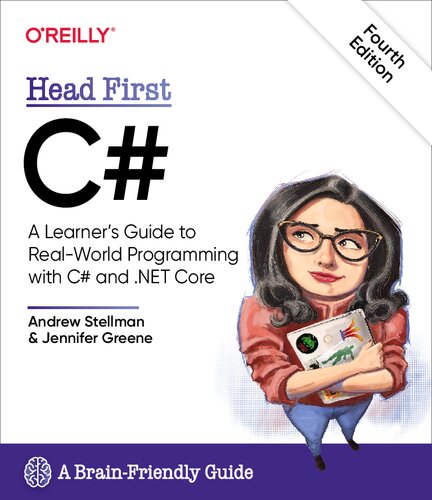ASP.NET Core 5 for Beginners |
|---|
| Course Outline |
Course Outline
|
| Software Installation |
|
| Reading Material |
ASP.NET Core 5.0.pdf
|
| Day | Modules | Sharing |
|---|
| 1 |
- The different between .NET and .NET Core
- A brief history about .NET Core
- Coming version of .NET
- The direction of .NET Core
- Technical requirements
- Explaining ASP.NET Core
- Refreshing your C# knowledge
- Understanding websites and web servers
- Exploring the IDE
- Technical requirements
- Leveraging the .NET Framework
- Getting started on Windows, Linux, and macOS
- Debugging Linux on Windows with Visual Studio 2019
|
|
| 2 |
- Technical requirements
- Learning dependency injection in ASP.NET Core
- Reviewing types of dependency injection
- Understanding dependency injection containers
- Understanding dependency lifetimes
- Handling complex scenarios
- Technical requirements
- Understanding the Razor view engine
- Learning the basics of Razor syntax
- Building a to-do application with MVC
- Building a to-do app with Razor Pages
- Differences between MVC and Razor Pages
|
|
| 3 |
- Technical requirements
- Understanding the Blazor web framework
- Creating the backend applications
- Creating the Blazor Server project
- Creating the Blazor Web Assembly project
|
|
| 4 |
- Data Access Techniques in brief
- The Model, the role in MVC
- Technical requirements
- Understanding authentication concepts
- Understanding authorization concepts
- The role of middleware in ASP.NET and identity
- OAuth and OpenID Connect
- Integrating with Azure Active Directory
- Working with federated identity
- Technical requirements
- Overview of containerization
- Getting started with Docker
- Running Redis on Docker
- Running ASP.NET Core in a container
- Technical requirements
- Overview of cloud computing
- Creating a sample ASP.NET Core web application
- Publishing to Cloud
|
|
| 5 |
- Technical requirements
- Setting up the sample application
- Using debugging tools in the browser
- Debugging in Visual Studio
- Introduction
- What are microservices?
- Build a Dockerfile for your microservice
- Microservices orchestration
- Create a Docker Compose file
- Cache aggressively
- Avoid blocking calls
- Return large collections across multiple smaller pages
- Minimize large object allocations
- Optimize data access and I/O
- Pool HTTP connections with HttpClientFactory
- Keep common code paths fast
- Complete long-running Tasks outside of HTTP requests
- Minify client assets
- Compress responses
- Minimize exceptions
- Performance and reliability
- Avoid synchronous read or write on HttpRequest/HttpResponse body
- Prefer ReadFormAsync over Request.Form
- Avoid reading large request bodies or response bodies into memory
- Working with a synchronous data processing API
- Do not store IHttpContextAccessor.HttpContext in a field
- Do not access HttpContext from multiple threads
- Do not use the HttpContext after the request is complete
- Do not capture the HttpContext in background threads
- Do not capture services injected into the controllers on background threads
- Do not modify the status code or headers after the response body has started
- Do not call next() if you have already started writing to the response body
- Use In-process hosting with IIS
|
|
| Recommanded Books |
|---|
 | Title | Head First C#: A Learner's Guide to Real-World Programming with C# and .NET Core |
|---|
| ISBN | 978-1-491-97670-8 |
|---|
| Author | Andrew Stellman, Jennifer Greene |
|---|
| Year | 2021 |
|---|
| Publisher | O'Reilly Media |
|---|
